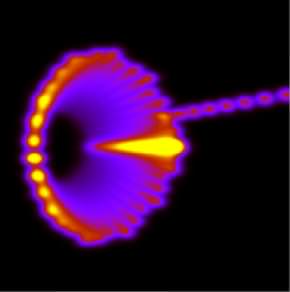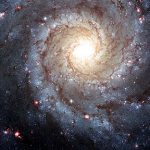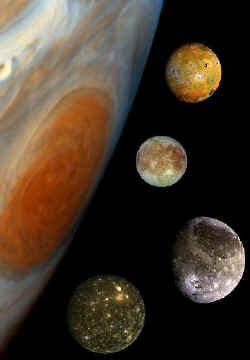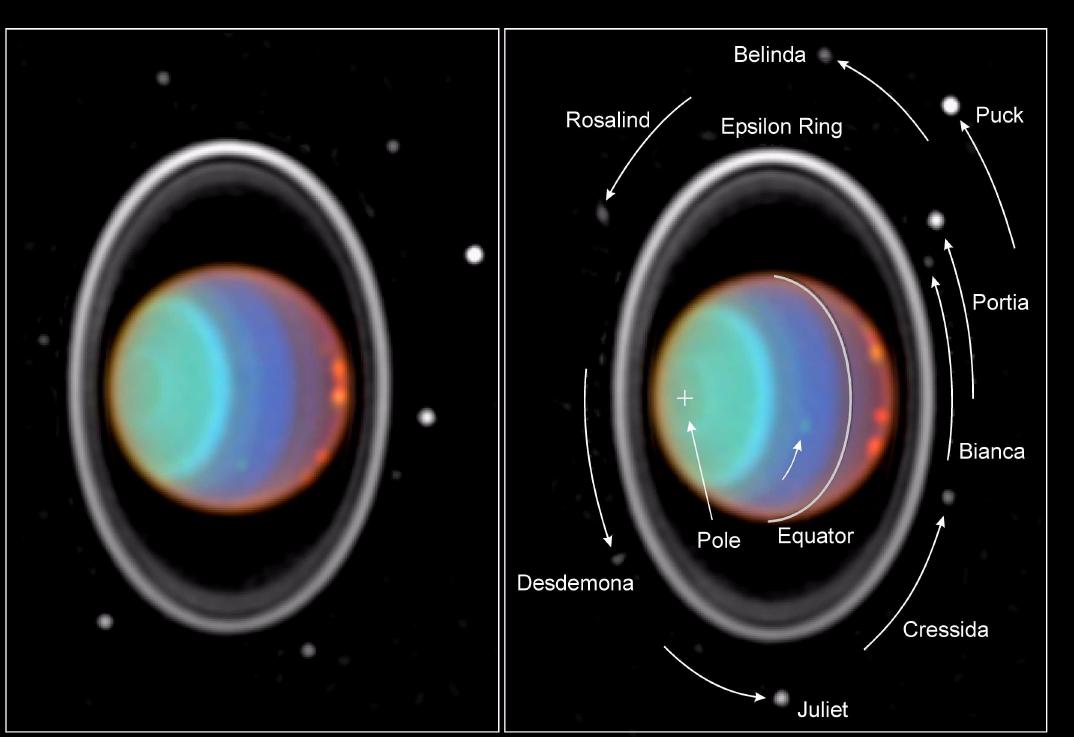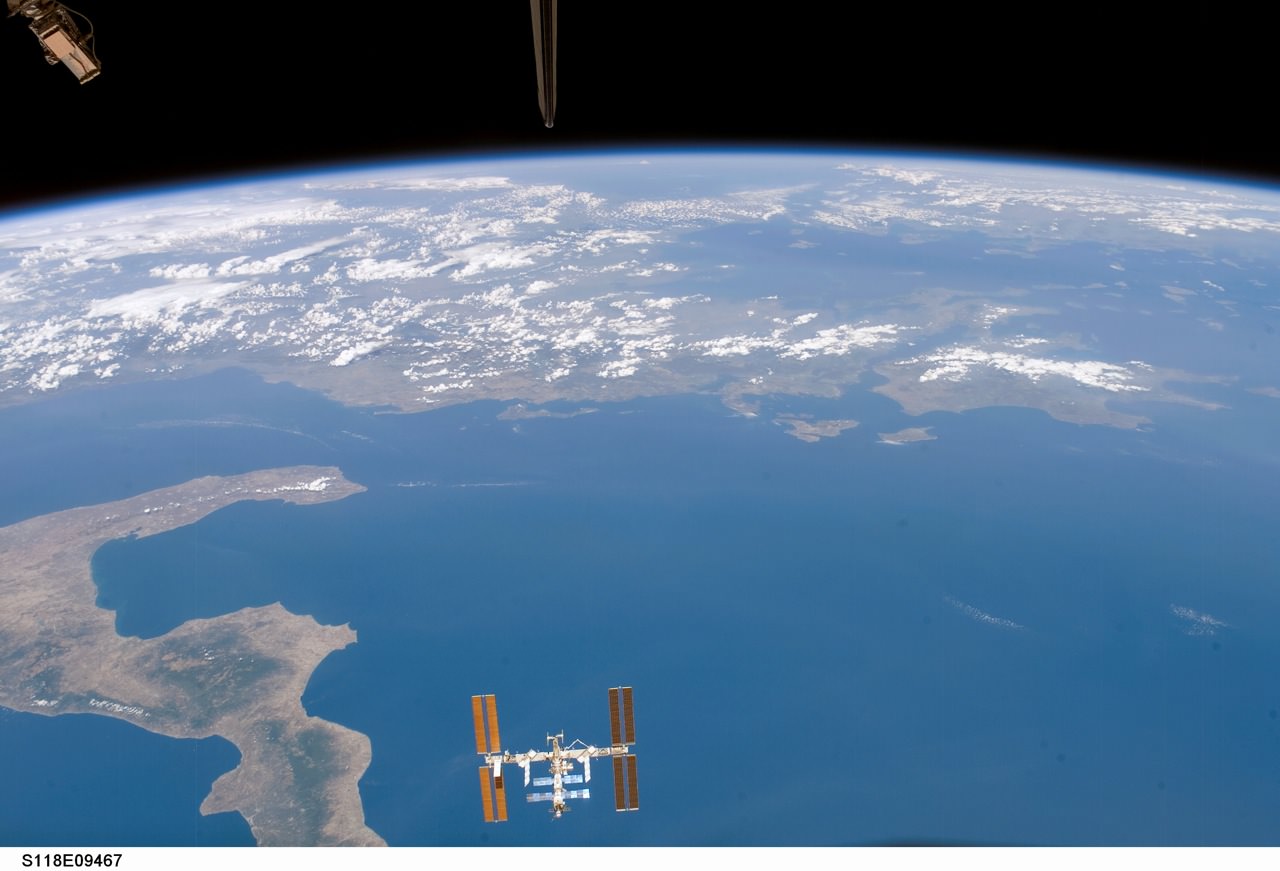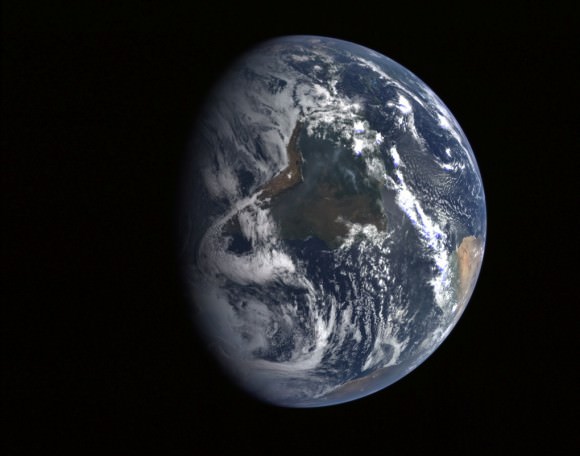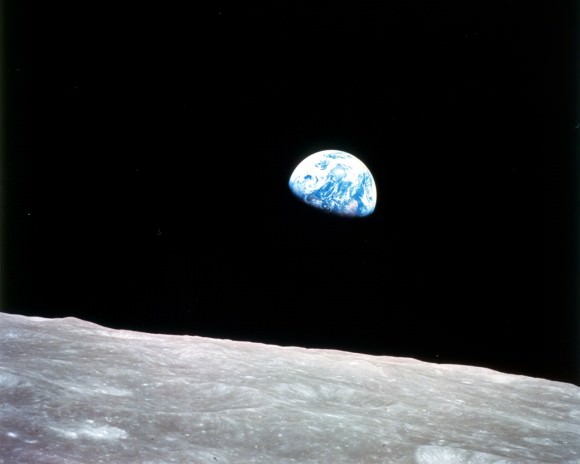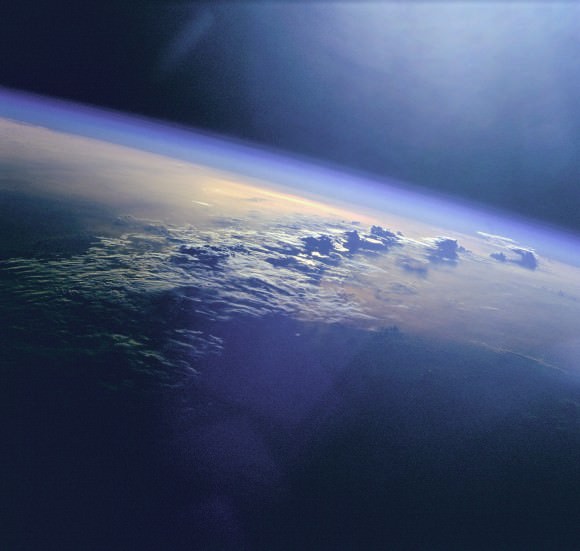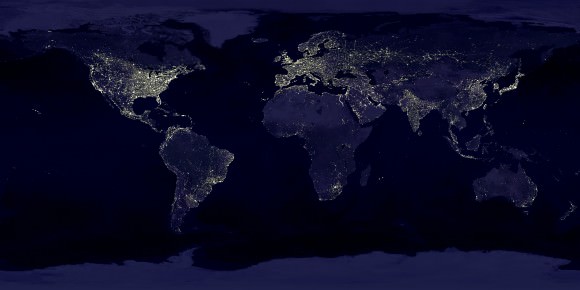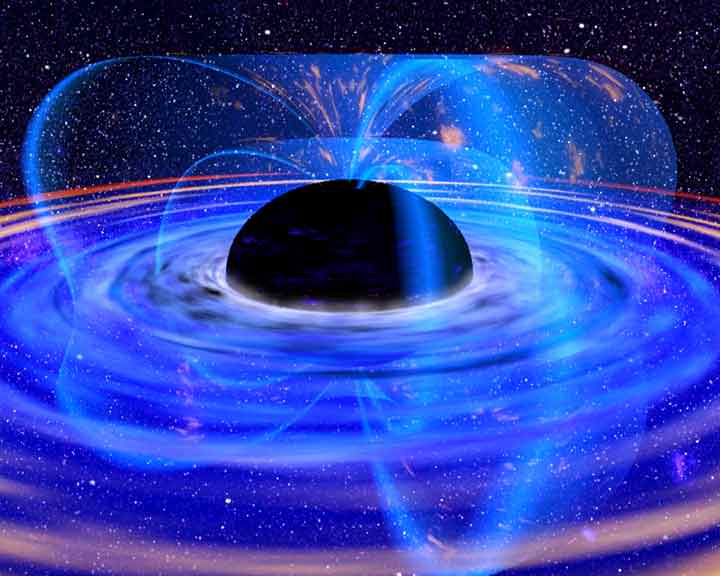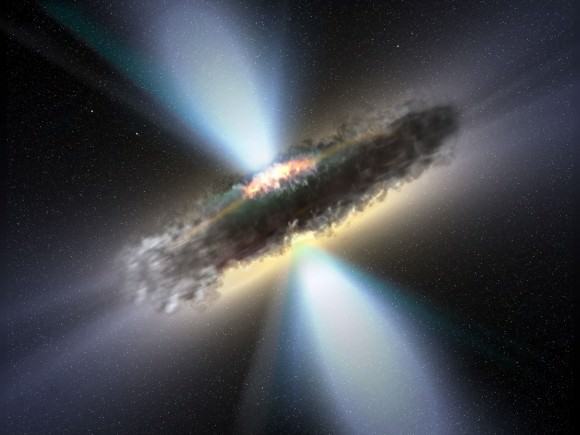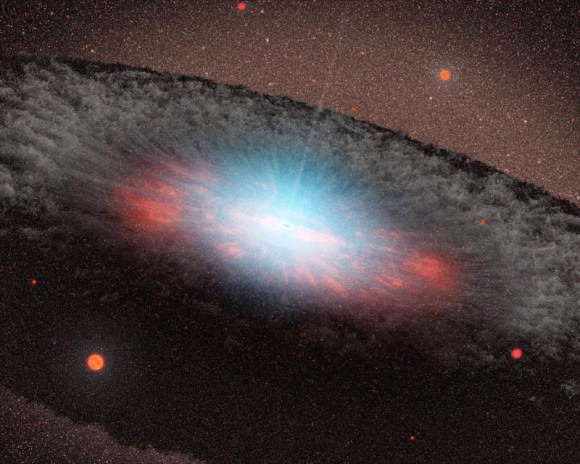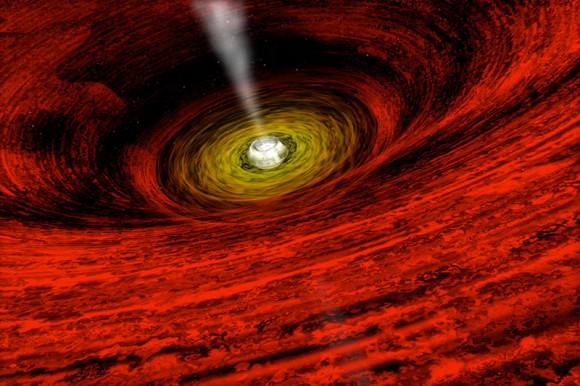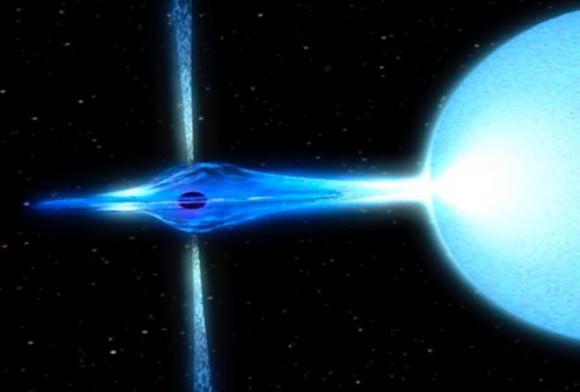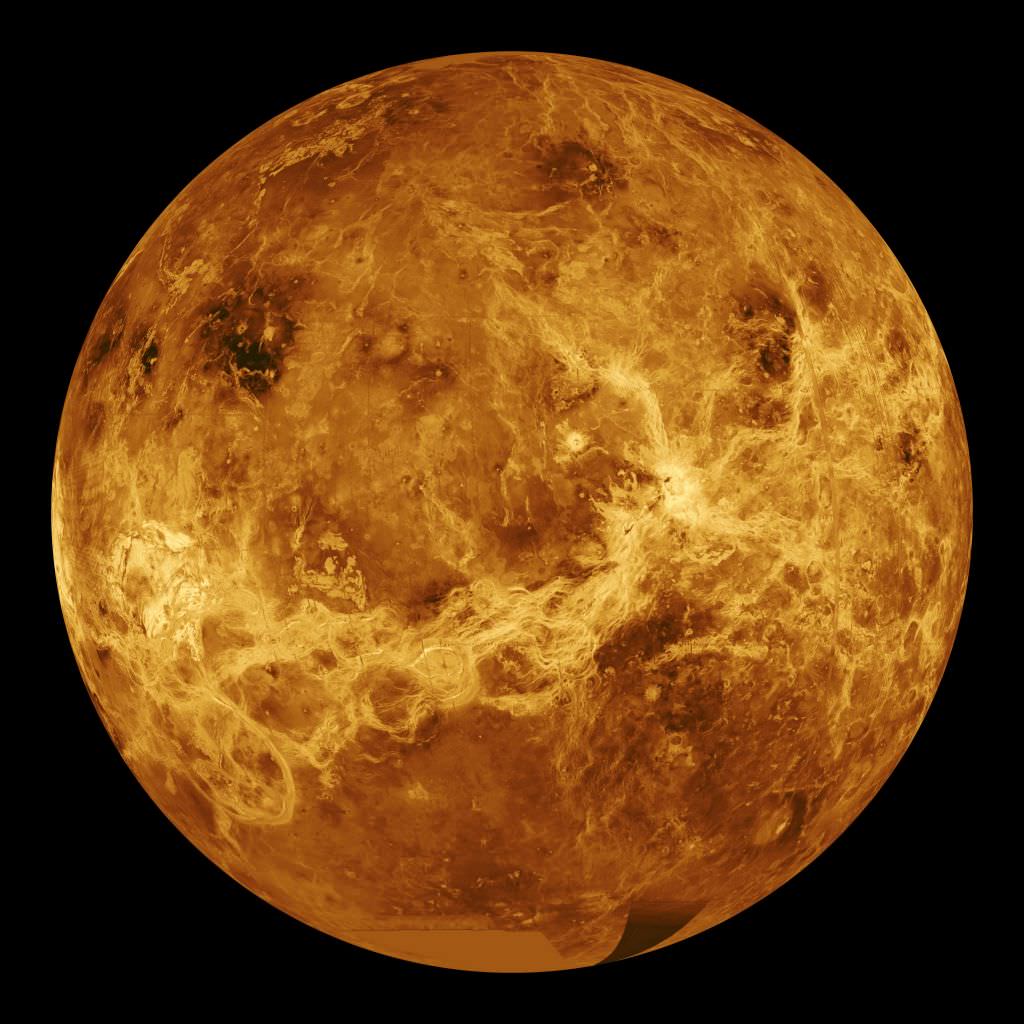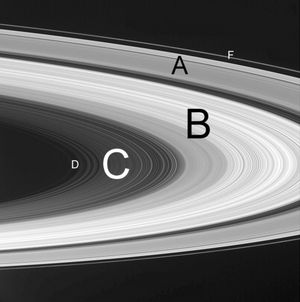The Oscillating Universe Theory is a cosmological model that combines both the Big Bang and the Big Crunch as part of a cyclical event. That is, if this theory holds true, then the Universe in which we live in exists between a Big Bang and a Big Crunch.
In other words, our universe can be the first of a possible series of universes or it can be the nth universe in the series.
As we know, in the Big Bang Theory, the Universe is believed to be expanding from a very hot, very dense, and very small entity. In fact, if we extrapolate back to the moment of the Big Bang, we are able to reach a point of singularity characterized by infinitely high energy and density, as well as zero volume.
This description would only mean one thing – all the laws of physics will be thrown out of the window. This is understandably unacceptable to physicists. To make matters worse, some cosmologists even believe that the Universe will eventually reach a maximum point of expansion and that once this happens, it will then collapse into itself.
This will essentially lead to the same conditions as when we extrapolate back to the moment of the Big Bang. To remedy this dilemma, some scientists are proposing that perhaps the Universe will not reach the point of singularity after all.
Instead, because of repulsive forces brought about by quantum effects of gravity, the Universe will bounce back to an expanding one. An expansion (Big Bang) following a collapse (Big Crunch) such as this is aptly called a Big Bounce. The bounce marks the end of the previous universe and the beginning of the next.
The probability of a Big Bounce, or even a Big Crunch for that matter, is however becoming negligible. The most recent measurements of the CMBR or cosmic microwave background radiation shows that the Universe will continue on expanding and will most likely end in what is known as a Big Freeze or Heat Death.
CMBR readings are currently being gathered by a very accurate measuring device known as the WMAP or Wilkinson Microwave Anisotropy Probe. It is the same device that has measured with sharp precision the age of our universe. It is therefore highly unlikely that future findings will deviate largely from what has been discovered regarding the Universe’s expansion now.
There is however one mysterious entity whose deeper understanding of may change the possibilities. This entity, known as dark energy, is believed to be responsible for pushing the galaxies farther apart and subsequently the universe’s accelerated expansion. Unless its actual properties are very dissimilar from what it is showing now, we may have to shelve the Oscillating Universe Theory.
We’ve got a few articles that touch on the Oscillating Universe Theory here in Universe Today. Here are two of them:
Physics World also has some more:
Tired eyes? Let your ears help you learn for a change. Here are some episodes from Astronomy Cast that just might suit your taste:
Sources:
PBS.org
Wikipedia


